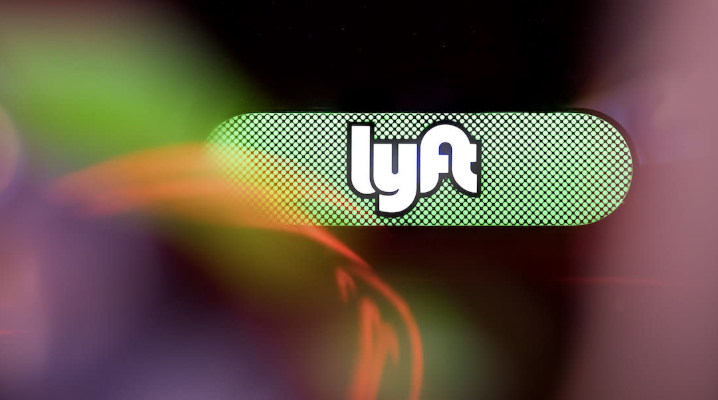 EMERGING TECH
EMERGING TECH
 EMERGING TECH
EMERGING TECH
 EMERGING TECH
EMERGING TECH
Riding-hailing company Lyft Inc. is reportedly set to launch a fleet of robotaxis powered by Mobileye Global Inc. by 2026 as the company seeks to compete with similar emerging services from the likes of Uber Technologies Inc. and Tesla Inc.
Reports that Lyft was working towards introducing robotaxis into its mix of offerings first emerged in November, when the company signed partnerships with Mobileye, May Mobility Inc. and Nexar Ltd. The deal with Mobileye, which is publicly held but majority-owned by Intel Corp., was said to involve Mobileye’s autonomous vehicles being used to provide autonomous taxi services to Lyft users.
Forward to today and TechCrunch reports that the partnership has progressed and that Lyft plans to deploy Mobileye-powered robotaxis “as soon as 2026” in Dallas, with more markets to follow.
The rollout of robotaxis will reportedly involve Japanese conglomerate Marubeni Corp. owning and financing the vehicles that Lyft will use to provide rides. While ownership of the fleet may be settled, a decision is reportedly yet to be made as to which carmaker will be partnering for the launch; Mobileye’s technology has previously been integrated into vehicles from Audi AG, Volkswagen AG, Nissan Motor Co. Ltd., Ford Motor Co. and General Motors Co., among others.
Marubeni will reportedly leverage Lyft’s Flexdrive service to help manage the fleet and keep asset utilization high. Lyft’s Flexdrive is a service that allows drivers to rent vehicles from Lyft itself for ride-hailing services.
Lyft Executive Vice President Jeremy Bird told TechCrunch that the plan is to “scale to thousands of vehicles across multiple cities after the Texas debut.” On what types of vehicles may be used, Bird added that Lyft is in talks with every major autonomous carmaker to bring them onto the platform, meaning that Mobileye may not be the only company providing autonomous vehicles for the service.
Lyft’s move to offering robotaxi services comes as rival Uber has been offering driverless vehicles for revenue service in partnership with Alphabet Inc.’s Waymo LLC since 2023. Waymo itself also offers robotaxi services via its Waymo One App in cities such as Phoenix, Los Angeles and San Francisco and plans to expand its service to Miami in 2026.
Late to the party, Tesla also has plans to enter the market, announcing a custom-designed “Cybercab” in October before announcing alongside earnings in January that it plans to launch its robotaxi service later this year. The Cybercab itself is expected to go into mass production by 2026.
With competitors either planning to enter the robotaxi market or expanding existing offers, Lyft doesn’t have much choice if it wants to compete other than to partner on robotaxis as well. Though there are upfront costs involved, robotaxis do not require human drivers and hence they remove one of the core costs involved in running a ride-hailing service — the driver. Presuming robotaxis become the norm by the end of the decade, companies still using human drivers will become rare and, more notably, more expensive to use than driverless options.
Support our mission to keep content open and free by engaging with theCUBE community. Join theCUBE’s Alumni Trust Network, where technology leaders connect, share intelligence and create opportunities.
Founded by tech visionaries John Furrier and Dave Vellante, SiliconANGLE Media has built a dynamic ecosystem of industry-leading digital media brands that reach 15+ million elite tech professionals. Our new proprietary theCUBE AI Video Cloud is breaking ground in audience interaction, leveraging theCUBEai.com neural network to help technology companies make data-driven decisions and stay at the forefront of industry conversations.